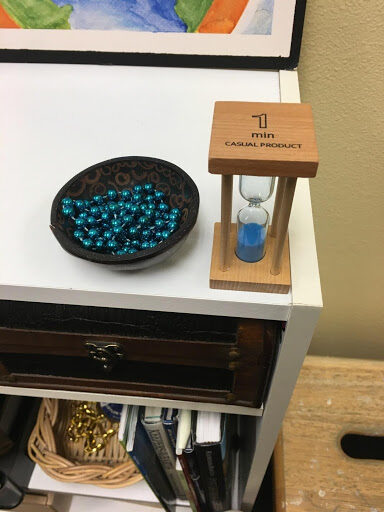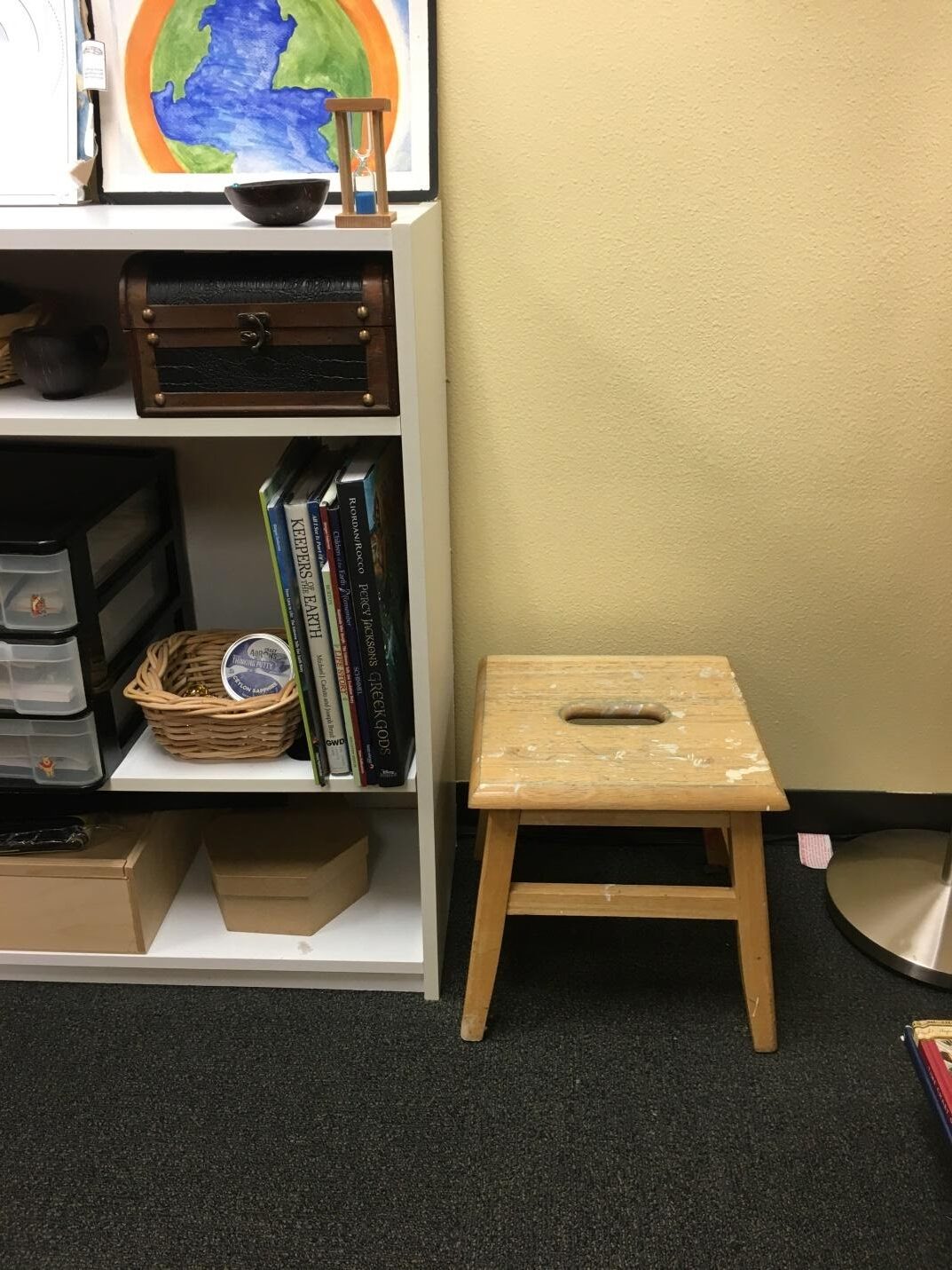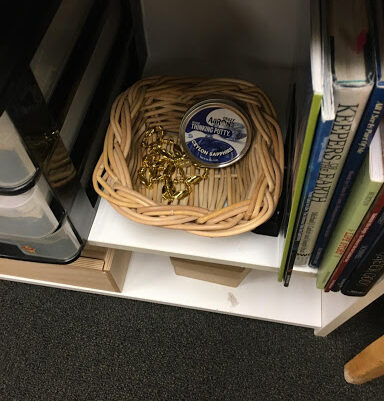In today’s world—with all its chaos, complications, and noise—it’s so important for our children to be able to find or create a sense of calm for themselves. It’s an essential part of the ‘emotional cycle,’ as we like to call it, and finding calm (or, adversely, not finding calm) can affect children’s mental, emotional, and even physical health. In our last blog, we talked about helping children find a place of calm, and this week, we’re going to share how to create an actual calm-down space for your students.
Remember: Calm is the state of being where we are thinking rationally, our heart is beating regularly, and our demeanor is relaxed.
Being able to achieve calm means we all need to know how to recover from highly emotional events or interactions. And creating a calm-down space is a key to that, as well as setting up a successful emotionally intelligent environment.

What is a Calm-Down Space?
A successful calm-down space should be created based on what would resonate most and work best for your students or children. Essentially, a calm-down space is an area where students can go when they need to find calm. We like them to include small items to help children relax and settle down, but it will look different for each classroom or home.
Creating a Calm-Down Space
Begin by having a conversation with your students about what it means to experience big emotions. Allow the students to have an engaging interaction with each other and continue to elicit conversation. You can open the discussion by asking:
- What makes someone sad, mad, upset, angry?
- Have you ever done something or said something while you were in the middle of one of these big emotions that you later regretted?
- What are some safe and healthy ways to experience these emotions?
Generally, when they answer the last question, they’ll come up with ideas like: my room, the swing outside, a quiet corner; and if they haven’t you can prompt them for some of these suggestions.
Then, take the concept further by asking if they would like to have a designated calm down space. Explain how this would be a place that someone could go to and sit while they regather their emotions.
Ask your students what they think would be helpful to include in their calm down space. We suggest including items in these key categories:
- A way to communicate to others that the person is not to be disturbed (maybe a necklace that they wear)
- A place to sit
- Something for the child to do with their hands (remember hands are an instrument of the brain), and
- A way to know when it’s time to move on
Our example of a calm-down space includes a beaded necklace, a stool, a timer, a finger maze, and some kinetic clay. (Note: Current stay-safe practices might require each child to have their own supply of clay.) You’ll notice that our example (from a 9-12 classroom) has VERY limited space.

Using a Calm-Down Space Effectively
The real goal of a calm-down space is to ensure that students have ownership in the process of finding calm. When students ‘buy in’ and collectively decide on the classroom processes for finding calm and achieving peace, they will be much more willing and ready to self-regulate.
A calm-down space is an emotional literacy tool; it should NOT be used for forced time outs. If you feel a student could benefit from using the space, you can suggest it by saying, “Would you like some time in the calm down space?” But keep in mind, you may have to find another option to help the student find calm if the calm-down space is NOT what they want at the moment.
It’s important to note…
Montessori teachers across the world use a ‘peace table’ or ‘peace rose’ in their classrooms; these are also effective tools. Kristen (who’s an Upper Elementary Montessori teacher and Positive Discipline parent educator and teacher facilitator), first learned about the idea of a peace table in the late 80s and brought it back to the Montessori school her parents’ owned; so she’s been modifying and adapting this concept for more than 30 years! If you’re unfamiliar with these concepts, when children are experiencing conflict with one another they invite the person they are in conflict with to the peace table to discuss the issue with the hopes of coming to a resolution. This is NOT the same as a calm down space, as a calm down space is typically for one person. However, it’s important to note the difference so teachers understand the need for a separate place or a separate use of a space for these two separate purposes.
Quick Tip
A calm-down space is just one idea for helping children find calm. Many times, children will need or want to run outside, swing for a bit, or practice yoga or meditation—these are all valid options provided the environment is equipped to sustain this practice. As you work with your students to create a calm-down space, it may also be beneficial to create a list of these (safe and healthy) alternative options as well.
Learning More About Teaching Emotional Literacy | Curriculum
If you are interested in finding out more about the work that we are doing and joining us on our mission to teach students emotional literacy, sign up for our weekly newsletter. We offer quite a few opportunities to support you in this journey, including an engaging facebook group, free or low-cost webinars, and a stellar four-part masterclass followed by continued chats, resources, and tools that are part of our Using Art for Emotional Literacy membership.
Additional Resources
By Spramani Elaun & Kristen Richter
© 2020 All Rights Reserved

